Themed collection Horizons Community Board Collection – Emerging 2D Materials for Energy and Electronics Applications

Horizons Community Board collection – emerging 2D materials for energy and electronics applications
A themed collection on emerging 2D materials for energy and electronics applications, guest edited by Nanoscale Horizons Community Board member Li Li, and Materials Horizons Community Board members Tianyi Ma and Nan Zhang.

Mater. Horiz., 2019,6, 1092-1093
https://doi.org/10.1039/C9MH90032B
Recent trends in transition metal dichalcogenide based supercapacitor electrodes
The synthesis routes and the electrochemical performance evaluation of transition metal dichalcogenide (TMD) based supercapacitor electrodes are discussed.
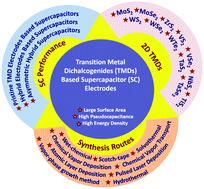
Nanoscale Horiz., 2019,4, 840-858
https://doi.org/10.1039/C9NH00152B
Doping two-dimensional materials: ultra-sensitive sensors, band gap tuning and ferromagnetic monolayers
Well-designed defects can lead to unprecedented properties and interesting applications. For example, heteroatom-doped graphene exhibits enhanced Raman scattering for ultrasensitive detection of certain molecules.
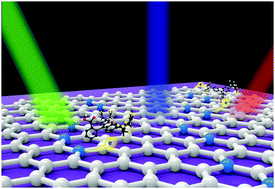
Nanoscale Horiz., 2017,2, 72-80
https://doi.org/10.1039/C6NH00192K
Harnessing the unique properties of 2D materials for advanced lithium–sulfur batteries
Exploring application 2D materials to enhance the electrochemical performance of lithium–sulfur batteries became an important strategy in the past decade.
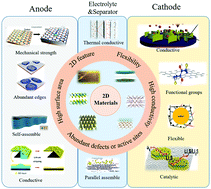
Nanoscale Horiz., 2019,4, 77-98
https://doi.org/10.1039/C8NH00170G
Doping engineering and functionalization of two-dimensional metal chalcogenides
In this review, we present an in-depth discussion of the state-of-the-art doping engineering and functionalization of 2D metal chalcogenides for finely tuned material properties and functions in numerous application fields.
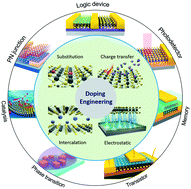
Nanoscale Horiz., 2019,4, 26-51
https://doi.org/10.1039/C8NH00150B
Recent advances in black phosphorus-based photonics, electronics, sensors and energy devices
Recent progress in black phosphorus-based photonics, electronics, sensors and energy devices has been reviewed.
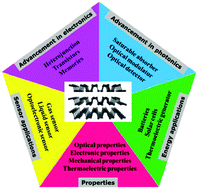
Mater. Horiz., 2017,4, 997-1019
https://doi.org/10.1039/C7MH00543A
Heteroatom-doped graphene as electrocatalysts for air cathodes
Heteroatom doped graphene as an electrocatalyst for air cathodes is discussed to promote the development of devices with high energy density.
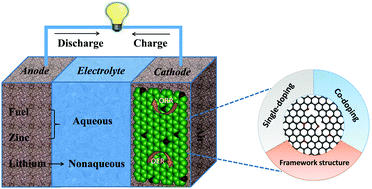
Mater. Horiz., 2017,4, 7-19
https://doi.org/10.1039/C6MH00358C
Niobium oxide dihalides NbOX2: a new family of two-dimensional van der Waals layered materials with intrinsic ferroelectricity and antiferroelectricity
A new group of two-dimensional layered materials with intrinsic ferroelectricity and antiferroelectricity are identified through first-principles calculations.
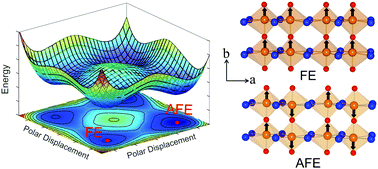
Nanoscale Horiz., 2019,4, 1113-1123
https://doi.org/10.1039/C9NH00208A
Band engineering realized by chemical combination in 2D group VA–VA materials
Theoretical motivation for chemical combination in 2D group VA–VA materials and their novel electronic structures.
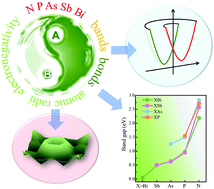
Nanoscale Horiz., 2019,4, 1145-1152
https://doi.org/10.1039/C9NH00215D
“Ion sliding” on graphene: a novel concept to boost supercapacitor performance
We demonstrate how single-/few-layer graphene flakes act as friction-free “ion slides” for supercapacitor electrolytes, boosting the electrochemical performance of commercial-like supercapacitors.
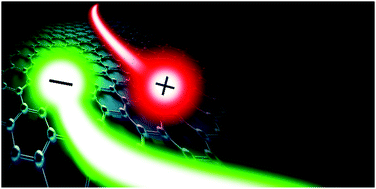
Nanoscale Horiz., 2019,4, 1077-1091
https://doi.org/10.1039/C8NH00446C
Lanthanide f7 metalloxenes – a class of intrinsic 2D ferromagnets
A class of intrinsic 2D ferromagnets – layered metalloxenes – is established by coupling graphene-like honeycomb networks of silicene and germanene with 2D lanthanide layers.
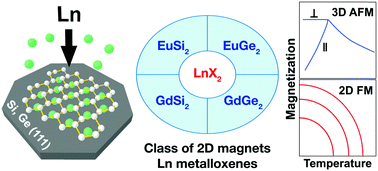
Mater. Horiz., 2019,6, 1488-1496
https://doi.org/10.1039/C9MH00444K
Two-dimensional MXene-reinforced robust surface superhydrophobicity with self-cleaning and photothermal-actuating binary effects
A robust superhydrophobic surface with high performances of photothermal-conversion and light-driven motion has been fabricated by integrating with hydrophobic two-dimensional MXenes.
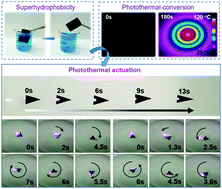
Mater. Horiz., 2019,6, 1057-1065
https://doi.org/10.1039/C8MH01566J
Two-dimensional spin–valley-coupled Dirac semimetals in functionalized SbAs monolayers
A new class of 2D Dirac materials (svc-DMs) is established, which has the desired spin- and valley-polarized Dirac state.
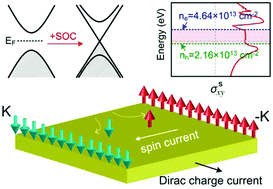
Mater. Horiz., 2019,6, 781-787
https://doi.org/10.1039/C8MH01588K
Scalable fabrication of a complementary logic inverter based on MoS2 fin-shaped field effect transistors
Integration of both n-type and p-type MoS2 fin-shaped field effect transistors by using a traditional implantation technique for complementary field effect transistor is demonstrated. The complementary MoS2 inverter with high DC voltage gain of more than 20 is acquired.
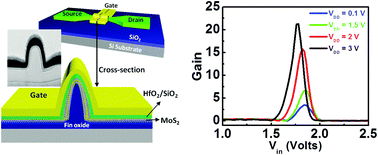
Nanoscale Horiz., 2019,4, 683-688
https://doi.org/10.1039/C8NH00419F
Germagraphene as a promising anode material for lithium-ion batteries predicted from first-principles calculations
We predict that germanium doping can help to turn graphene into an ideal LIB anode material with an extremely high capacity.
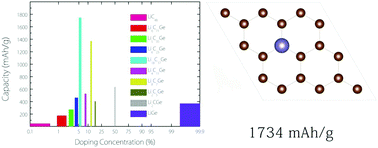
Nanoscale Horiz., 2019,4, 457-463
https://doi.org/10.1039/C8NH00333E
Bi2OS2: a direct-gap two-dimensional semiconductor with high carrier mobility and surface electron states
Bi2OS2 nanosheets possess tunable anomalous layer-dependent bandgaps, derived from the synergetic effect of the quantum confinement and surface electron states.
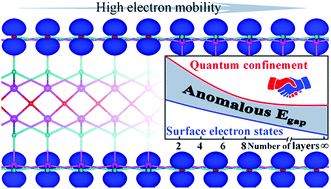
Mater. Horiz., 2018,5, 1058-1064
https://doi.org/10.1039/C8MH01001C
Aqueous photo(electro)catalysis with eumelanin thin films
The ubiquitous biopigment eumelanin can function as a photocatalytic and photofaradaic material.

Mater. Horiz., 2018,5, 984-990
https://doi.org/10.1039/C8MH00715B
Tin dioxide quantum dots coupled with graphene for high-performance bulk-silicon Schottky photodetector
Commercial photodetectors have been dominated by bulk silicon (B-Si) due to the maturity of Si technology.
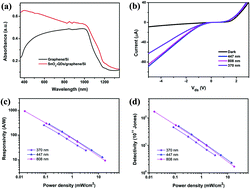
Mater. Horiz., 2018,5, 727-737
https://doi.org/10.1039/C8MH00500A
A two-dimensional CaSi monolayer with quasi-planar pentacoordinate silicon
In a CaSi monolayer, each Si atom binds with four calcium (Ca) atoms and one Si atom in almost the same plane to form a quasi ppSi moiety.
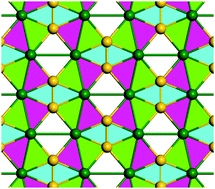
Nanoscale Horiz., 2018,3, 327-334
https://doi.org/10.1039/C7NH00091J
Assembly of hollow mesoporous nanoarchitectures composed of ultrafine Mo2C nanoparticles on N-doped carbon nanosheets for efficient electrocatalytic reduction of oxygen
A simple method is developed to prepare Mo2C-embedded mesoporous N-doped carbon nanosheets which assemble into hollow spheres.
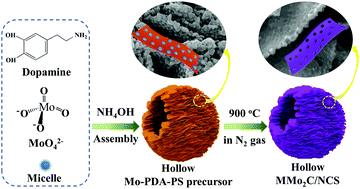
Mater. Horiz., 2017,4, 1171-1177
https://doi.org/10.1039/C7MH00586E
Wide concentration liquid crystallinity of graphene oxide aqueous suspensions with interacting polymers
Polymers may effectively lower the critical concentration for isotropic-to-nematic phase transition, and retard the glass transition of a GO suspension.
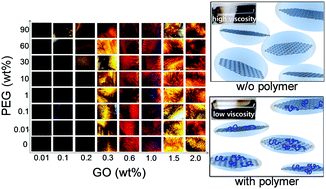
Mater. Horiz., 2017,4, 1157-1164
https://doi.org/10.1039/C7MH00624A
Ultrathin nickel boron oxide nanosheets assembled vertically on graphene: a new hybrid 2D material for enhanced photo/electro-catalysis
A spontaneous growth and assembly of non-layered Ni–Bi into 2D nanosheets onto a graphene support, which demonstrate superior photo and electro catalytic performance over pure Ni–Bi aggregates.

Mater. Horiz., 2017,4, 885-894
https://doi.org/10.1039/C7MH00314E
Solution-processed 2-dimensional hole-doped ionic graphene compounds
Solution-based direct assembly of centimeter-square sizes of graphene–fluorofullerene multilayers with a tunable work function, up to 5.7 eV, and a remarkable chemical stability is demonstrated.
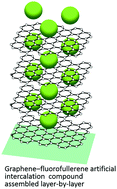
Mater. Horiz., 2017,4, 456-463
https://doi.org/10.1039/C7MH00068E
Highly sensitive airflow sensors with an ultrathin reduced graphene oxide film inspired by gas exfoliation of graphite oxide
A highly-sensitive, novel airflow sensor is demonstrated with an ultrathin reduced graphene oxide film with tunable interlayer gaps.

Mater. Horiz., 2017,4, 383-388
https://doi.org/10.1039/C6MH00587J
Cobalt oxide and N-doped carbon nanosheets derived from a single two-dimensional metal–organic framework precursor and their application in flexible asymmetric supercapacitors
A single metal–organic framework precursor is transformed into both electrodes (Co3O4 and N-doped carbon) for a flexible asymmetric supercapacitor.
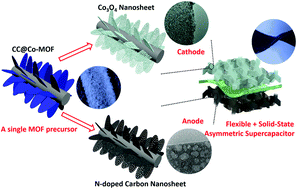
Nanoscale Horiz., 2017,2, 99-105
https://doi.org/10.1039/C6NH00224B
Growth of SnO2 nanosheet arrays on various conductive substrates as integrated electrodes for lithium-ion batteries
Integrated binder-free electrodes of interconnected SnO2 nanosheets on various conductive substrates deliver high specific capacity, excellent cycling stability and good rate capability.
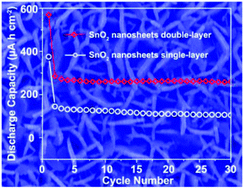
Mater. Horiz., 2014,1, 133-138
https://doi.org/10.1039/C3MH00077J
About this collection
Guest Edited by Li Li, Global Foundries and Nanoscale Horizons Community Board, Tianyi Ma, University of Newcastle and Materials Horizons Community Board, and Nan Zhang, Hunan University and Materials Horizons Community Board.
2D nanomaterials, including carbon-based materials, metal, metal oxide (sulfide), and black phosphorus (BP) et al., have aroused extensive interests in energy and electronics applications due to their attractive structure-dependent properties. In this themed collection, we are compiling some noteworthy articles focused on sensors, lithium-ion batteries, supercapacitors, photo(electro)catalysis, photodetector, electronics and optoelectronics. As typical 2D carbon materials, graphene and doping graphene exhibit high performance in these fields, as indicated by Li et al. (DOI: 10.1039/C6MH00587J) and Chua et al. (DOI: 10.1039/C7MH00068E) in their research works published in Materials Horizons. 2D metal and metal sulfide materials as illustrated through the research works of Chen et al. (DOI: 10.1039/C7NH00091J) and Li et al. (DOI: 10.1039/C8NH00419F) have shown two-dimensional geometric structure together with unique physical properties, which make the material quite a promising candidate for applications in electronics and optoelectronics. Lou et al. (DOI: 10.1039/C3MH00077J) provided an effective approach with SnO2 nanosheets to increase the energy density of the integrated electrodes. A review article about 2D BP published by Zhou et al. (DOI: 10.1039/C6MH00358C) summarized the recent developments in the study of BP, which covered the state-of-the-art synthesis methods for preparing single-layer or few-layer BP, the recent advances in characterizing its electronic, optical and mechanical properties, and the reported functional devices utilizing such properties. Since these research works show that these emerging 2D materials have excellent performance and prospect, it will be important to see how they enrich the future of energy and electronics applications. We hope that readers will obtain valuable information from this themed collection.